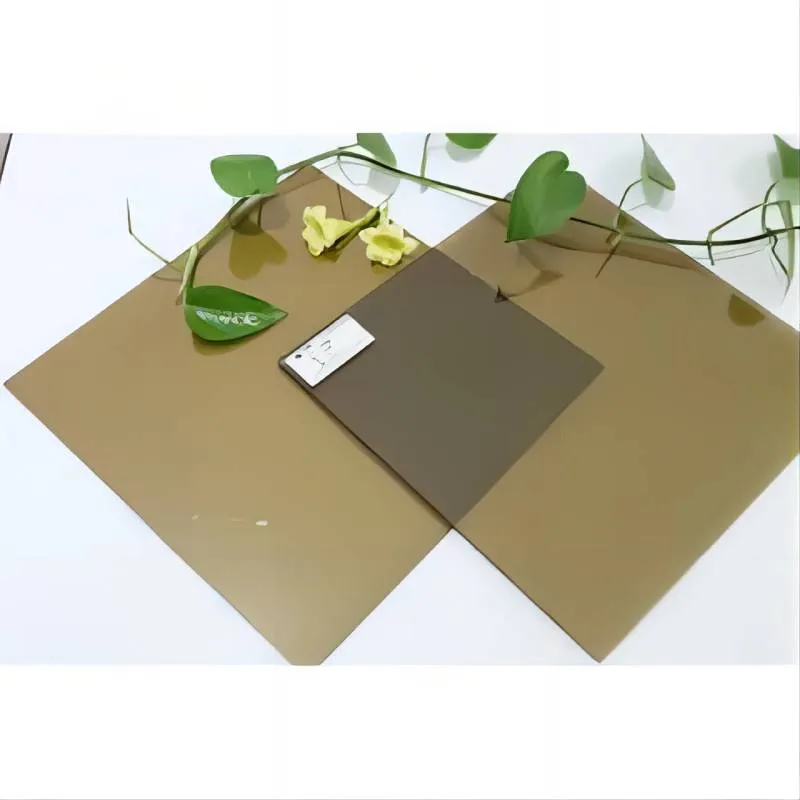From Transparent to Opaque Glass Exploring the Versatility of Glass Materials
Glass is one of the most fascinating materials known to humanity, exhibiting a wide array of characteristics and applications. At its core, glass can be divided into two primary categories based on its visual properties transparent and opaque. This article aims to delve into the unique qualities of each type of glass and explore the transitions between the two, highlighting its versatility in various fields.
Transparent Glass Clarity and Light
Transparent glass is synonymous with clarity and beauty. Commonly used in windows, glasses, and various decorative items, this type of glass allows light to pass through, enhancing the ambience of any space. The simplicity and elegance of transparent glass make it a preferred choice in architecture and design. Buildings adorned with large glass facades create an impression of openness while providing unobstructed views of the outdoors.
Moreover, technologically advanced transparent glass has revolutionized several industries. For instance, smart glass technology enables transparency to be altered with the flick of a switch, transforming clear spaces into private retreats. This innovation is increasingly used in modern offices, hospitals, and residential settings, where privacy and flexibility are paramount.
Opaque Glass Privacy and Protection
On the other side of the spectrum lies opaque glass. Unlike its transparent counterpart, opaque glass does not allow light to pass through, offering an intriguing blend of style and function. This type of glass is widely employed in bathroom windows, partition walls, and decorative pieces, where privacy is essential, yet some diffused light is desired.
transparent to opaque glass
Opaque glass can also be found in security applications, such as protected displays and secure areas, where visibility of the contents is not necessary. Additionally, it is used in various artistic applications, adding texture and depth to glass sculptures and installations.
Transitioning Between Types of Glass
The transition from transparent to opaque glass is not just a matter of altering visibility. Innovative techniques such as acid etching, sandblasting, and film applications can transform clear glass into frosted or opaque finishes, creating unique designs while retaining safety and durability. These processes allow for creativity in design while still embracing the fundamental qualities of glass.
Another significant advancement is the development of electrochromic glass, which can transition between transparent and opaque states on demand. This cutting-edge technology caters to the evolving needs of modern architecture, urban planning, and interior design, offering flexibility and energy efficiency.
Conclusion The Duality of Glass
In conclusion, the dual nature of glass, from transparent to opaque, serves to illustrate its remarkable versatility and adaptability. As technological innovations continue to advance, the applications and boundaries of glass will expand, allowing for even more creative possibilities across various fields. Whether harnessing the clarity and openness of transparent glass or the privacy and design potential of opaque glass, this material remains a cornerstone of both functionality and artistry in our daily lives.
 Afrikaans
Afrikaans  Albanian
Albanian  Amharic
Amharic  Arabic
Arabic  Armenian
Armenian  Azerbaijani
Azerbaijani  Basque
Basque  Belarusian
Belarusian  Bengali
Bengali  Bosnian
Bosnian  Bulgarian
Bulgarian  Catalan
Catalan  Cebuano
Cebuano  Corsican
Corsican  Croatian
Croatian  Czech
Czech  Danish
Danish  Dutch
Dutch  English
English  Esperanto
Esperanto  Estonian
Estonian  Finnish
Finnish  French
French  Frisian
Frisian  Galician
Galician  Georgian
Georgian  German
German  Greek
Greek  Gujarati
Gujarati  Haitian Creole
Haitian Creole  hausa
hausa  hawaiian
hawaiian  Hebrew
Hebrew  Hindi
Hindi  Miao
Miao  Hungarian
Hungarian  Icelandic
Icelandic  igbo
igbo  Indonesian
Indonesian  irish
irish  Italian
Italian  Japanese
Japanese  Javanese
Javanese  Kannada
Kannada  kazakh
kazakh  Khmer
Khmer  Rwandese
Rwandese  Korean
Korean  Kurdish
Kurdish  Kyrgyz
Kyrgyz  Lao
Lao  Latin
Latin  Latvian
Latvian  Lithuanian
Lithuanian  Luxembourgish
Luxembourgish  Macedonian
Macedonian  Malgashi
Malgashi  Malay
Malay  Malayalam
Malayalam  Maltese
Maltese  Maori
Maori  Marathi
Marathi  Mongolian
Mongolian  Myanmar
Myanmar  Nepali
Nepali  Norwegian
Norwegian  Norwegian
Norwegian  Occitan
Occitan  Pashto
Pashto  Persian
Persian  Polish
Polish  Portuguese
Portuguese  Punjabi
Punjabi  Romanian
Romanian  Russian
Russian  Samoan
Samoan  Scottish Gaelic
Scottish Gaelic  Serbian
Serbian  Sesotho
Sesotho  Shona
Shona  Sindhi
Sindhi  Sinhala
Sinhala  Slovak
Slovak  Slovenian
Slovenian  Somali
Somali  Spanish
Spanish  Sundanese
Sundanese  Swahili
Swahili  Swedish
Swedish  Tagalog
Tagalog  Tajik
Tajik  Tamil
Tamil  Tatar
Tatar  Telugu
Telugu  Thai
Thai  Turkish
Turkish  Turkmen
Turkmen  Ukrainian
Ukrainian  Urdu
Urdu  Uighur
Uighur  Uzbek
Uzbek  Vietnamese
Vietnamese  Welsh
Welsh  Bantu
Bantu  Yiddish
Yiddish  Yoruba
Yoruba  Zulu
Zulu 

